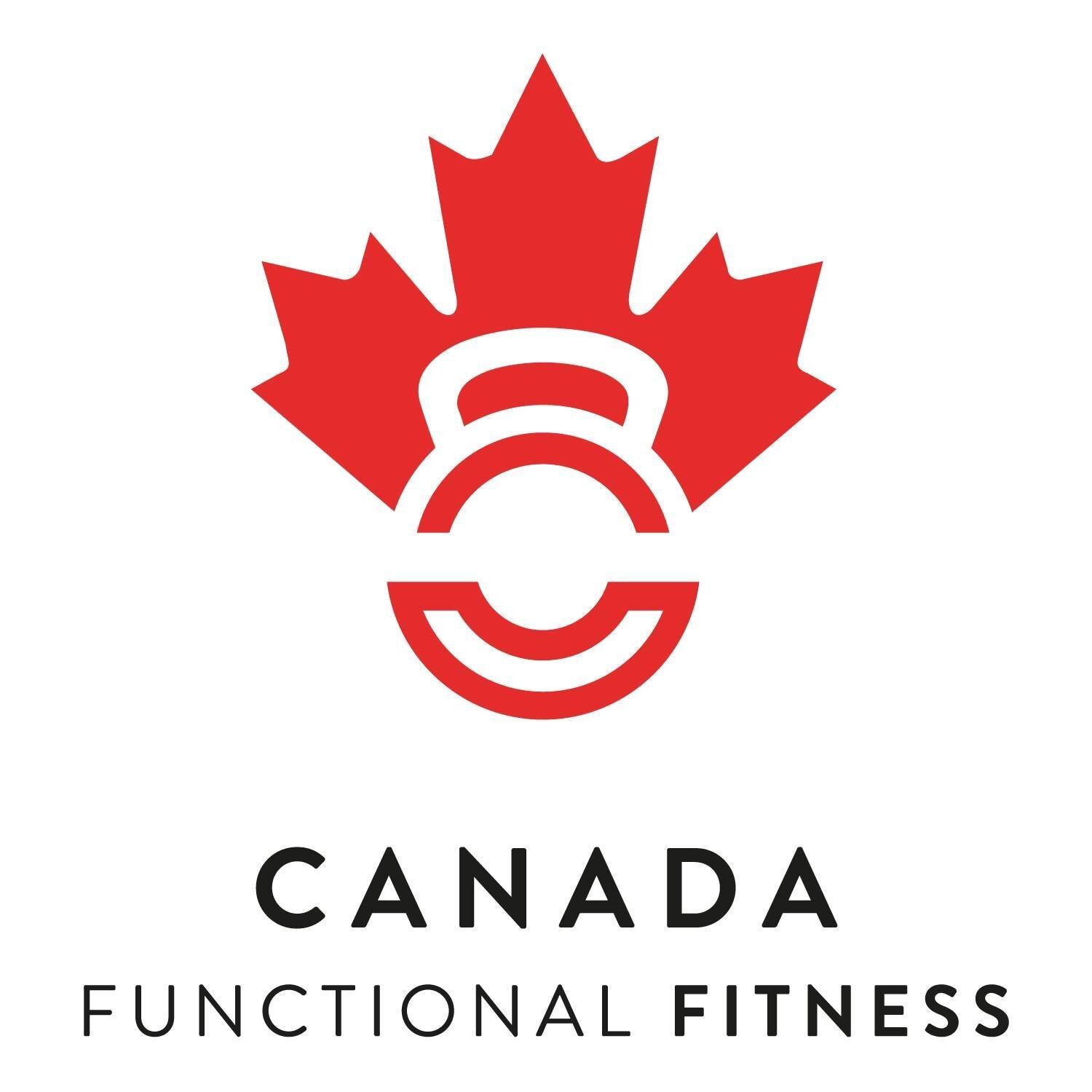What is a Club?
A club is defined as a group (various ages and genders) who train for the sport of functional fitness. The end goal is sport performance. The length of a club season will vary depending on age and other sports of involvement, but we recommend a season length of January until late summer - culminating at the National Championships each year (with the opportunity to qualify for the iF3 World Championships in the fall of each year).
Our structure is similar to the club structure that exists with many other sports in Canada. Whether you were a weightlifter, volleyball player, hockey player or gymnast - you trained as a member of a registered club, and represented that club at sanctioned events.
How to create a club
The following is an approach to starting a club with the Canadian Functional Fitness Federation. You will also find some recommended best practices for club operation.
STEP 1 - PLAN
Determine how many participants, and age groups you are willing to prepare for. Will you coach just individuals, or participants for team events as well? This will indicate the amount of space, equipment, facility time, and coaches that your club will need.
STEP 2 - PREPARE A BUDGET
Revenues: Club fees, sponsorships, gaming money (bingos, casino, raffle), fundraisers
Expenses: Club registration ($100/yr), Participant registration ($20/yr/participant), facility rental, first-aid supplies, coaches honorariums
STEP 3 - SECURE
Facility space for training. Contact local recreational centers, community gyms, or other suitable locations. Negotiate an hourly or season fee for training time in that facility. You should request proof of the facilities insurance and they may request proof of your insurance. Once you have registered your club with CFFF, you can contact info@functionalfitnessfederation.ca to request an insurance certificate.
Coaches: Certified coaches and/or individuals motivated to becoming certified. It is important that a coach is both dedicated and enthusiastic towards the athletes and their development in the sport.
Coaches of youth athletes are encouraged to secure a police information check as well as a police vulnerable sector check. This includes staff, directors, chairs, coaches, managers, officials and chaperones.
STEP 4 - REGISTER
Read the latest edition of CFFF’s safety standards, movement standards and competition rulebook to ensure that you understand the competition regulations and are coaching your athletes appropriately.
Register your club with CFFF. Decide if you would like your club information advertised under the CFFF Club Listings.
All members of a registered club must become members themselves prior to participating in any training or competition with your club.
STEP 5 - ATHLETES AND EQUIPMENT AND VOLUNTEERS
Will you have a selection/screening process? Decide what format works best for you.
All athletes must fill out and sign the CFFF waiver and code of conduct and return it to the club contact responsible for registration.
Recruiting athletes: Local schools, community fitness facilities, strength and conditioning gyms and other sport teams are an effective way to advertise your product. Remember, you are not replacing a fitness membership, you are offering another sport experience.
Review the updated movement standards and safety standards to ensure that you have sufficient equipment to train all required elements (and their progressions) of the sport. A medical kit should also be on hand.
Parents/Volunteers:
Can help with club administration
Fundraising initiatives
Sponsor acquisition
Club committee: Most are composed of President, Secretary, Treasurer, Directors. Having a good group of volunteers working together can be a great help to your club.
STEP 6 - COMPETE
Register for sanctioned events, CFFF national championships and other small competitions to develop a sport season that fits with the training of your club’s athletes.
Recommended Practices:
Incorporate as a non-profit under your provincial societies act
Especially if you are going to be a facility and club owner. There are tax benefits related to the operation of a non-profit. Speak with an accountant fluent in non-profit activity for more guidelines.
Create by-laws. This will be needed if you choose to incorporate, but is a good idea regardless. Decide what driving factors are more important to your organization (participation, on-floor success, development, etc) and then create by-laws and policy to match those factors. These give you solid ground to fall back on when decisions are made.
Your provincial society act will be able to provide you with a good framework for developing by-laws. You can also contact the CFFF for assistance.
Make connections with local businesses. Businesses are often ready to sponsor sport clubs within their municipality especially when they: have similar values, involve youth, promote health, and can get some visibility for their brand. Functional Fitness clubs can achieve all of these.

